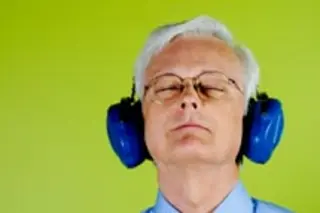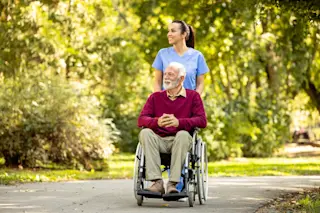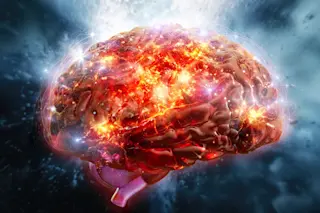While that headline may overstate the case slightly for comic effect, researchers say the gist of it is true: Stroke patients with impaired vision who listened to their favorite music showed vastly improved visual processing. Says lead researcher David Soto:
"One of the patients chose Kenny Rogers, another Frank Sinatra and the third a country rock band. It's not a particular kind of music that's important, as long as the patient enjoys it" [Daily Mail].
Participants in Soto's study had suffered lesions to their brains' parietal cortex, a region central to visual and spatial processing. This left them with a condition called visual neglect, in which people lose half their spatial awareness. Victims will sometimes eat food from only one side of their plate, shave one side of their faces, or — as tested in the study — fail to perceive visual prompts on one side of a computer screen ...














